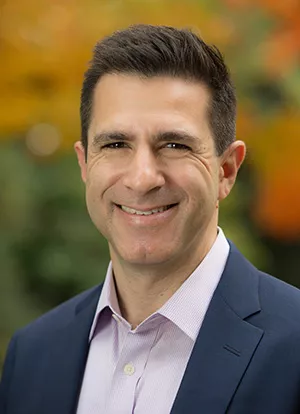Political Scientist Ben Berger on the Past, Present, and Future of Party Conventions

KYW Newsradio: Political conventions have changed so much, do we even need them anymore?
In the lead-up to November’s presidential election, the nominating conventions for both political parties have gone virtual due to the ongoing pandemic. Cheering crowds and throngs of delegates on the convention floor have been replaced with uncharacteristic silence during prerecorded remarks and virtual roll calls from across the country.
In a recent appearance on KYW Newsradio, Associate Professor of Political Science Ben Berger examines how conventions evolved prior to 2020, how they function in a virtual space, and how they might look in the future.
Berger notes that technological advancements around the 1950s, such as broadcast television and air travel, changed the perception and purpose of the event: TV allowed the conventions to become more accessible to the general public, and increased travel meant that politicians could interact more frequently than they had before, making the convention less of a political be-all and end-all.
Additionally, the 1968 Democratic National Convention, which occurred against a backdrop of large-scale protests and saw party insiders change the nominating rules to include a state primary system, marked another turning point in the evolution of the convention.
“The primary system changed everything,” says Berger. “Once people were not going to the convention to try and figure out who the candidate was going to be, the need to tune in and follow them subsided.”
In terms of the present effectiveness of conventions, Berger notes that this is also waning, pointing to the disappearing “bump” in the polls that candidates would traditionally receive directly after the event.
“Conventions are only as effective in the interest and the emotion that are generated,” he says. “The bump is subsiding — it used to be really big. So has general voter engagement; it’s no longer way higher for a period after the convention.”
Berger predicts that a hybrid model incorporating both virtual and in-person elements could be the future for conventions, one that may reserve face-to-face interaction for political insiders looking to network with one another. He uses this element to draw a direct comparison with higher education and what is lost when it moves to the virtual space.
“The educational function of college happens a lot outside the classroom,” says Berger. “So much of it is students interacting with each other through extracurricular pursuits or just living life. That’s how I like to analogize political conventions: There are some things that happen outside the speeches, like networking or social capital building, that people would still like to have.”
Listen to Berger’s full segment from KYW Newsradio:



